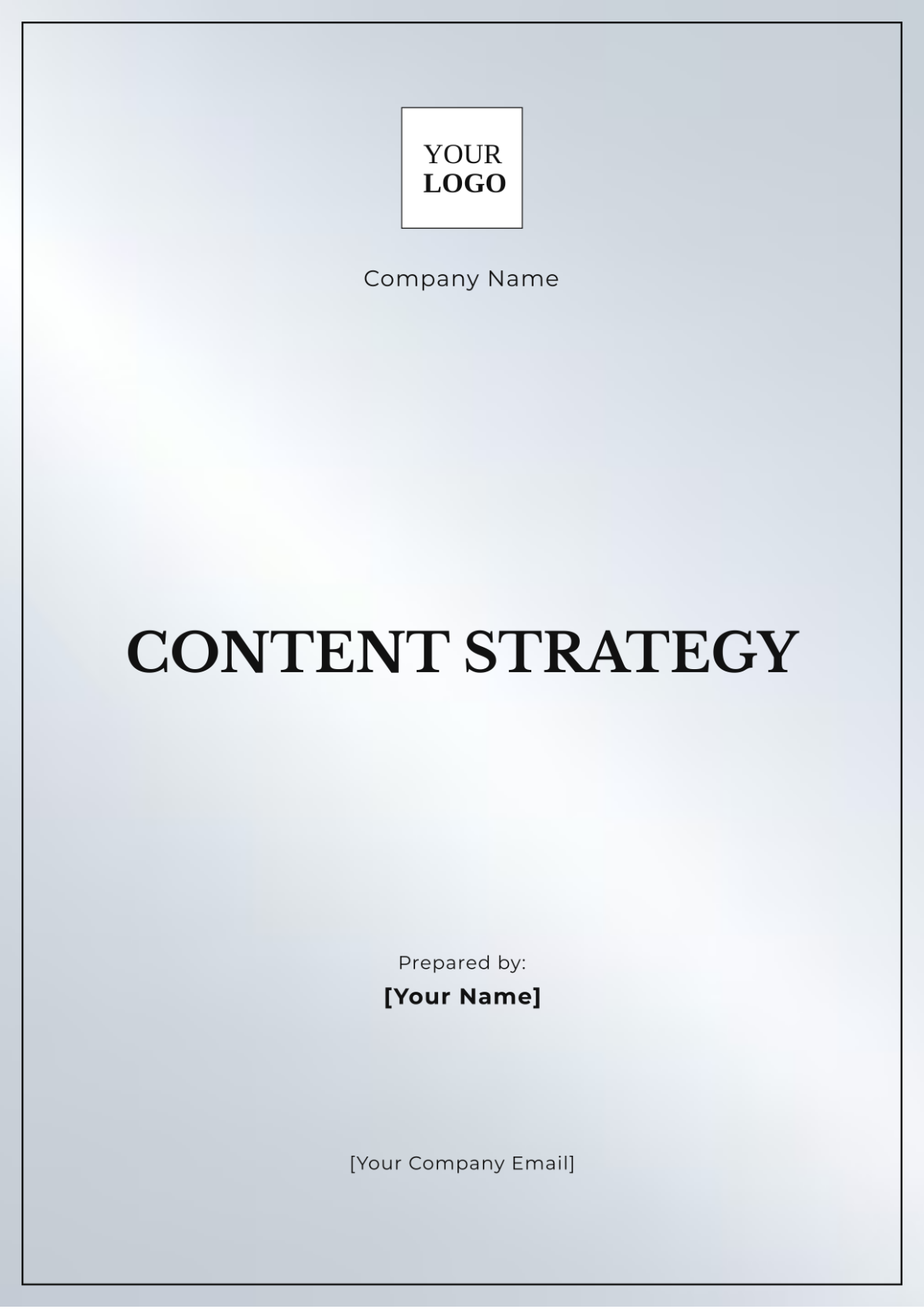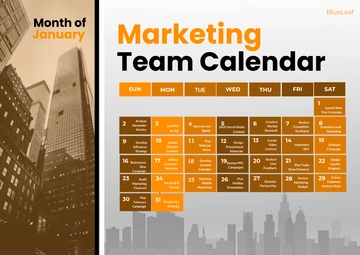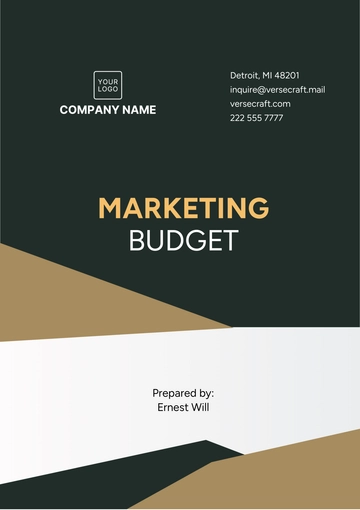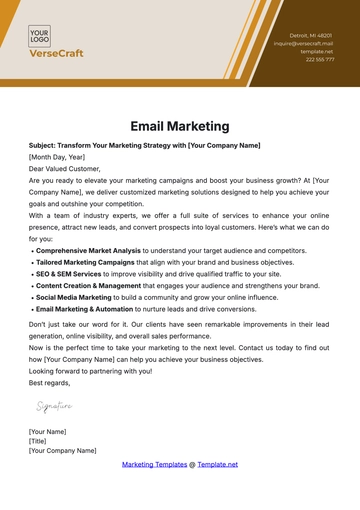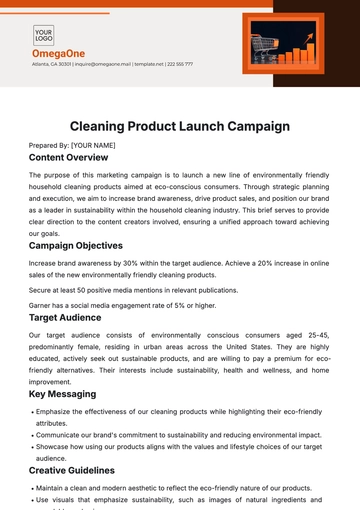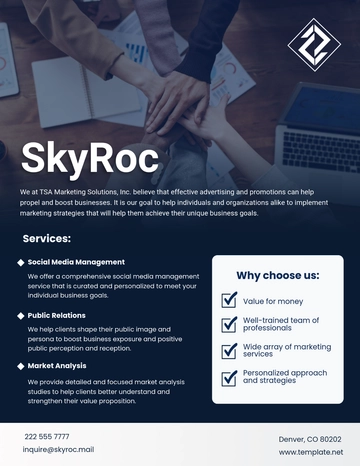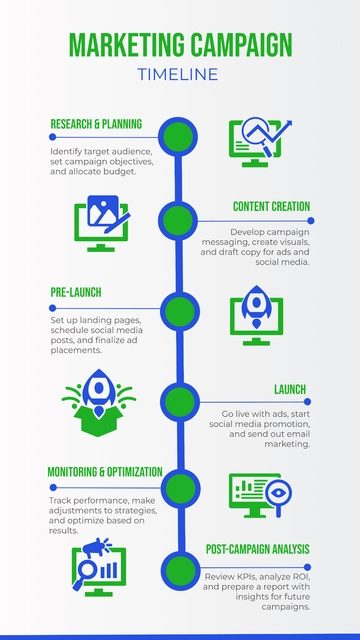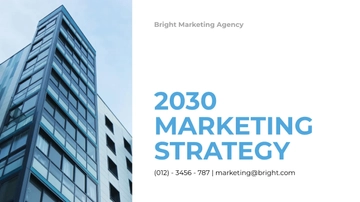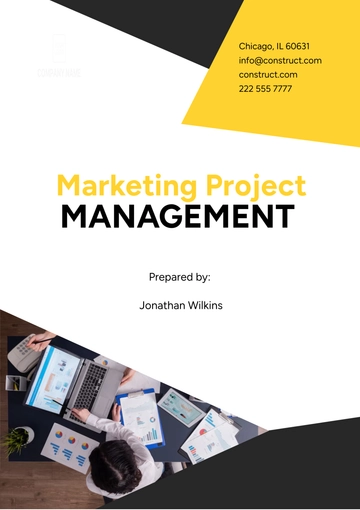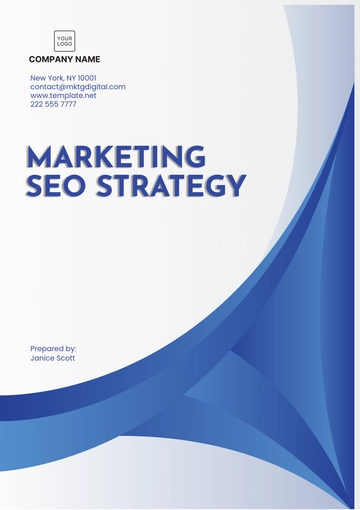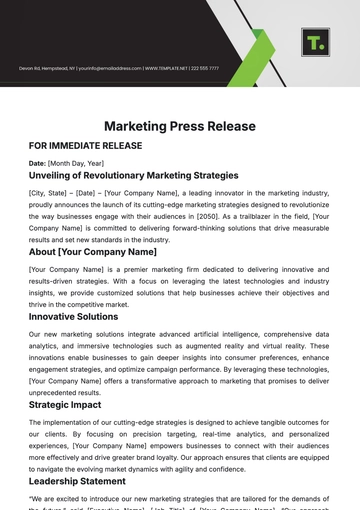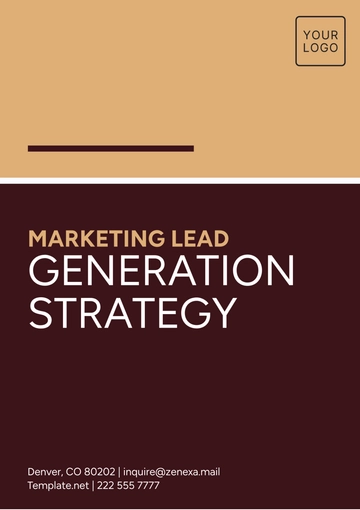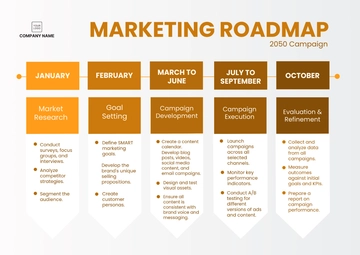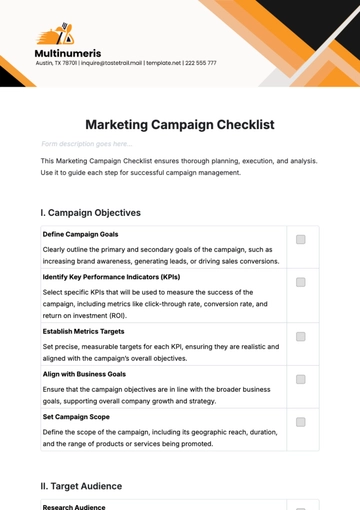Content Strategy
Prepared by: [Your Name]
I. Executive Summary
This content strategy document outlines the approach to enhance organic search traffic for [Your Company Name]. It covers key components including target audience analysis, content planning, SEO optimization, and performance tracking.
Our goal is to increase visibility, drive traffic, and ultimately boost conversions through a structured and data-driven approach.
II. Objectives
Increase Organic Search Traffic:
Improve Search Engine Rankings:
Enhance User Engagement:
III. Target Audience Analysis
A. Demographics
Attribute | Description |
|---|
Age | 25-45 years |
Gender | Male and Female |
Location | United States |
Income Level | Mid to high-income |
Occupation | Professionals, Managers |
B. Psychographics
Interests: Technology, Business Development, Health & Wellness
Values: Quality, Innovation, Efficiency
Challenges: Time management, Finding reliable information
IV. Content Planning
A. Content Types
Type | Purpose | Frequency |
|---|
Blog Posts | Provide valuable information | Weekly |
Case Studies | Showcase success stories | Monthly |
Infographics | Visual representation of data | Bi-weekly |
E-books | In-depth exploration of topics | Quarterly |
Videos | Engage through visual content | Monthly |
Webinars | Live interaction and Q&A | Quarterly |
B. Content Topics
Technology Trends:
Business Strategies:
Health & Wellness:
V. SEO Optimization
A. Keyword Research
Keyword | Search Volume | Competition |
|---|
Digital Marketing Trends | 12,000 | High |
SEO Best Practices | 8,500 | Medium |
Content Marketing Strategies | 6,000 | Medium |
Social Media Marketing Tips | 7,500 | High |
B. On-Page SEO
Title Tags: Include primary keywords within the first 60 characters.
Meta Descriptions: Write catchy, keyword-rich descriptions (up to 155 characters).
Headers: Use H1 for titles, H2 and H3 for subheadings.
Internal Linking: Link to relevant content within the blog.
C. Off-Page SEO
Backlink Strategy:
Social Media Promotion:
VI. Content Creation Workflow
A. Content Calendar
August:
Week 1: Publish a blog post on "Emerging Digital Marketing Technologies," exploring new trends and innovations in the field.
Week 2: Release an infographic detailing "SEO Best Practices," highlighting key strategies for optimizing content and improving search rankings.
Week 3: Publish a blog post on "Content Marketing Strategies," providing insights into effective techniques for creating and distributing content.
Week 4: Share a case study on "Successful Digital Marketing Campaigns," showcasing examples of successful strategies and their impact.
September:
Week 1: Publish a blog post on "Social Media Marketing Tips," offering practical advice for leveraging social media platforms effectively.
Week 2: Release a video on "Digital Marketing Trends," featuring expert opinions and analyses of current industry trends.
Week 3: Publish a blog post on "Effective Digital Marketing Strategies," discussing proven approaches to enhance digital marketing efforts.
Week 4: Launch an e-book titled "Advanced SEO Techniques," providing a comprehensive guide to advanced SEO practices for seasoned marketers.
B. Roles and Responsibilities
Content Writers: Develop and write content.
Editors: Review and edit content for quality and SEO.
SEO Specialists: Conduct keyword research and optimize content.
Designers: Create visuals and infographics.
VII. Performance Tracking and Analytics
A. Key Performance Indicators (KPIs)
KPI | Target |
|---|
Organic Traffic Growth | 30% increase annually |
Keyword Rankings | Top 3 positions for 20 keywords |
Average Session Duration | Increase by 25% |
Bounce Rate | Decrease by 15% |
Conversion Rate | Increase by 10% |
B. Tools for Tracking
Google Analytics: Monitor traffic, engagement, and conversions.
Google Search Console: Track keyword performance and indexing issues.
SEMrush/Ahrefs: Analyze backlink profile and SEO health.
C. Reporting
Monthly Reports: Include traffic data, keyword rankings, and content performance.
Quarterly Reviews: Assess overall strategy effectiveness and adjust as needed.
VIII. Budget and Resources
A. Estimated Budget
Item | Cost Estimate |
|---|
Content Creation | $2,000 per month |
SEO Tools | $500 per month |
Social Media Advertising | $1,000 per month |
Design and Graphics | $800 per month |
B. Resource Allocation
IX. Conclusion
This strategy is designed to systematically enhance organic search traffic through a structured approach to content creation, SEO optimization, and performance monitoring. By implementing these strategies, [Your Company Name] will increase its visibility, engage more effectively with its audience, and drive meaningful traffic to its website.
For further information or inquiries, please contact:
[Your Company Name]
[Your Company Email]
[Your Company Number]
[Your Email]
Strategy Templates @ Template.net
